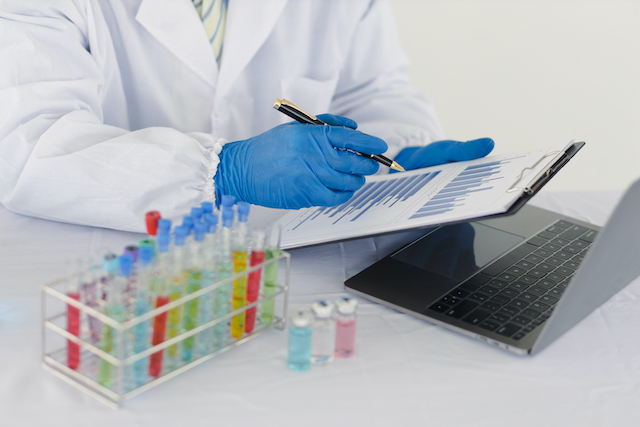
If you’d like to learn about quality metrics for different medical devices, you’ve come to the right article.
Different quality metrics can be evaluated when testing medical devices to help ensure their performance, compliance with regulatory standards, and safety. If you’d like to learn about quality metrics for different medical devices, you’ve come to the right article. Read on for some standard quality metrics used for testing your medical devices!
Functionality
Assess the device’s ability to perform its intended function reliably and effectively. This could include testing features, controls, user interfaces, and overall device operation.
Reliability
Measure the device’s ability to consistently perform without failure over a certain period or under specific conditions. This could involve conducting durability tests, stress testing, or assessing the device’s lifespan.
Accuracy
Evaluate your device’s precision and correctness in dosage, measurement, and other quantifiable aspects. This could involve comparing the device’s readings and outputs to a known standard or performing calibration testing.
Safety
Test your device to ensure it meets safety standards and poses no undue risk to patients, operators, or users. This could involve evaluating electrical safety, biocompatibility, mechanical safety, and risk analysis.
Cleanliness and Sterility
Assess the device’s sterility and cleanliness to prevent contamination or infections. This could involve microbial testing, particulate analysis, and assessing the effectiveness of cleaning and sterilization procedures.
User Experience and Usability
Evaluate the device’s ease of use, ergonomics, and user interface design. This could involve conducting user studies, usability testing, or gathering feedback from healthcare professionals or patients.
Labeling and Packaging
Assess your device’s packaging and labeling for durability, integrity, and compliance with any regulatory requirements. This could involve testing packaging materials, the seal strength and evaluating the clarity and accuracy of instructions and labels.
Biocompatibility
Determine the device’s compatibility with living tissues and its potential to cause adverse reactions in the human body. This could involve biocompatibility testing, like cytotoxicity, sensitization, systemic toxicity assessments, and irritation.
Regulatory Compliance
Ensure the device meets regulatory requirements, such as FDA regulations in the United States or European CE marking. This could involve verifying adherence to specific standards, and documentation requirements, and conducting required testing for regulatory submissions.
Software Validation
If the device incorporates firmware or software, conduct software validation to help ensure its correctness, reliability, or compliance with standard guidelines. This might involve verification or validation testing, risk analysis, and documentation of the entire software development process.
FOR ALL ISO 17025 CALIBRATION SERVICES, CONTACT LAB PEOPLE TODAY
Lab People Inc. is a trusted provider of laboratory equipment, services, supplies, and rental equipment for you and your laboratory. As an ISO 17025 accredited service organization, we stand behind our services with 100% satisfaction guaranteed for all our customers. We offer on-site and off-site calibration services for balances, pipettes, moisture analyzers, force measurement, test weights, and more. Services include preventative maintenance, SQ-Min, IQOQ, repairs, legal for trace/placed in service, verification, and more.
For more information about how we can assist you, visit our website, email us, or call us at 1-800-296-2001!
